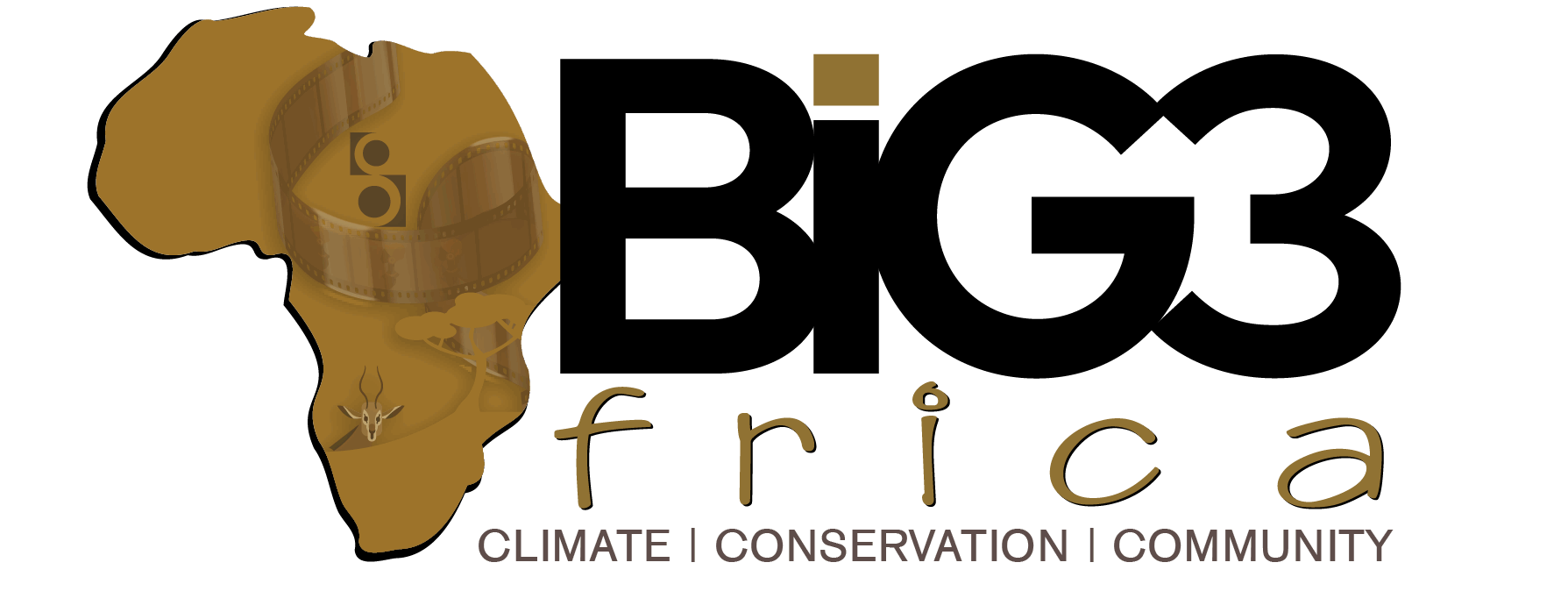In the remote highlands of northwestern Cameroon, 315 kilometers from the capital Yaoundé, lies a calm, sapphire-blue lake surrounded by misty hills and scattered villages. On the night of August 21, 1986, that serenity was shattered when Lake Nyos unleashed a catastrophe unlike anything seen before.
Residents in the nearby villages of Nyos, Cha, Kam, and Subum described hearing a deep, distant rumble. Some thought it was thunder rolling through the valley. Others said it sounded like the earth itself groaning. Within minutes, an invisible force swept down from the lake. Survivors remember a sudden rush of cold, heavy air. Then came the silence.
By morning, the valleys were still. Entire villages lay lifeless. Men, women, children, and livestock lay as they had been the night before, frozen mid-step, mid-conversation, mid-life. In total, 1,746 people and more than 3,500 animals were dead. There were no burn marks, no explosions, no signs of violence. Only death, quiet and absolute.

Scientists from Cameroon, the United States Geological Survey, and France arrived to investigate what had turned this peaceful lake into a killer. Among them was geochemist George Kling from the University of Michigan. “It was like opening a bottle of soda that had been shaken for years,” he explained later. “The gas at the bottom rushed out all at once.”
Lake Nyos sits atop an ancient volcanic crater in the Oku Volcanic Field. Deep beneath the lake lies a magma pocket leaking carbon dioxide into the cold, dense bottom layers. For decades, the gas had been building silently. On that night, something — perhaps a landslide or a sudden drop in temperature — disturbed the balance. In an instant, more than a cubic kilometer of CO₂ burst free, erupting from the lake in a deadly wave.
French volcanologist Haroun Tazieff, one of the first experts on the scene, described what they found: “There was no fire, no lava, no ash. It was as if the lake itself had exhaled a poisonous breath that rolled down and suffocated everything in its path.” Being heavier than air, the CO₂ hugged the ground, displacing oxygen as it crept silently through the valleys. Those who survived had been on higher ground or inside small enclosures where the gas did not fully penetrate.

The disaster was a chilling revelation of a rare natural phenomenon known as a limnic eruption. It forced scientists to examine other deep volcanic lakes around the world, including Lake Kivu on the Rwanda–DR Congo border, which holds even larger volumes of dissolved gases. Engineers eventually installed pipes in Lake Nyos to vent the CO₂ gradually, a safeguard against another sudden eruption.
Today, Lake Nyos looks serene once again, a tranquil mirror reflecting the hills around it. But for those who lived through that night, the silence carries a memory. “When I woke up, everyone was dead,” said survivor Joseph Nkwain. “The lake was not water that night. It was death.”




